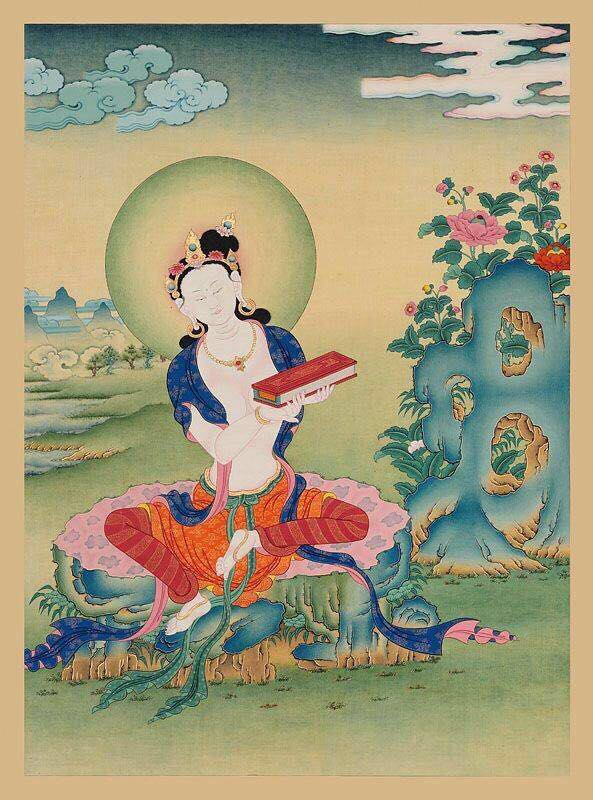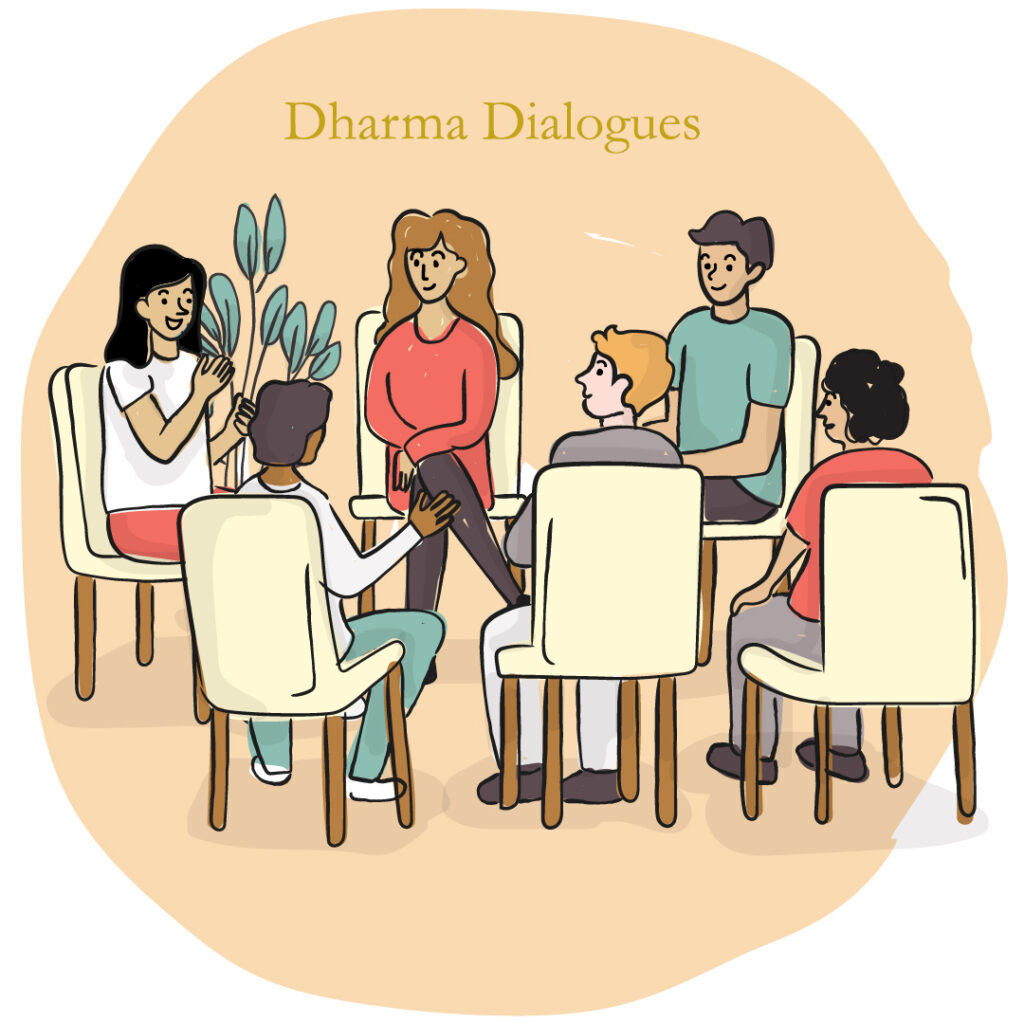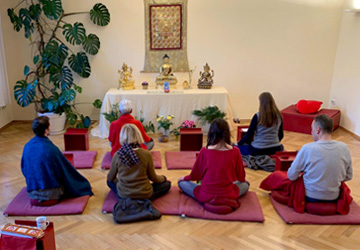
- This event has passed.
Exploring the Path of Awakening of Kunzig Shamar Rinpoche
September 16, 2017 @ 1:00 pm - 3:00 pm

The path is not a linear journey where everything would be clearly marked until arrival. We have some guideline that the Sangha of teachers can offer us, but we realize with time that we have to improvise a lot and imagine our own path. It is a process of spiritual maturity where each practitioner becomes independent as the wisdom unfolds. In fine you may realize that the path boils down to Bodhicitta. They are many ways to generate and sustain it. They are to be found by you in your own personal way.
In his proposition of possible paths Shamar Rinpoche offers, indeed, a large variety of options. They all begin with foundational practices such as the ngondro by the 9th Karmapa or the 35 Buddhas Sutra’s related ngondro.
After that, Rinpoche emphasizes the cultivation of mindfulness through the practice of Shine. The main path that Rinpoche recommend is the practice of Mind Training, as explained in his book (Path to Awakening, A Commentary of Je Chekawa Yeshe Dorje’s Seven Points of Mind Training). This specific approach combines the cultivation of relative (compassion) Bodhicitta with the absolute (wisdom) Bodhicitta. It is a vital point of the Kagyu heritage. It is refer to as: the two rivers of Kadampa and Kagyu practices merging. It is the heritage handed down from Gampopa, who merged the teaching of Mind training that he received in his early training with the Kadampa Geshe with the Mahamudra he received from Milarepa. It leads the practitioner through the stages of Shine, Lhaktong to culminate in the experience of the Mahamudra as indistinguishable from Ultimate Bodhicitta.
To follow this path you must sustain a lively link with a qualified spiritual friend and engage in a flow of practice on a daily basis, as instructed. The conditions of your practice will unfold as the course of your life goes on and each path is, for that matter, very unique and personal.


